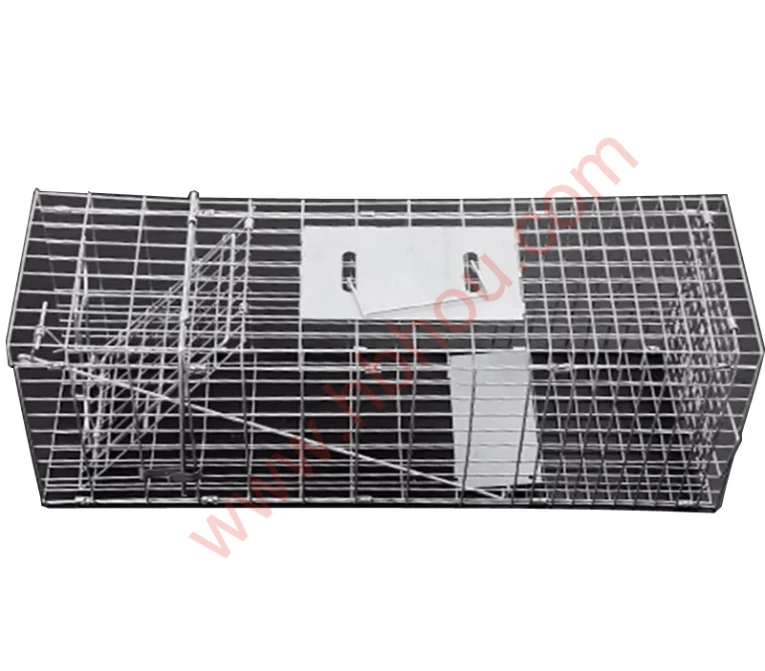Setting Fence Posts in Sandy Soil A Comprehensive Guide
Installing a fence can elevate both the aesthetics and functionality of your property. However, when your yard is composed of sandy soil, the task of setting fence posts can present its own unique challenges. Sandy soil drains well but lacks the cohesive properties needed to hold fence posts firmly in place. This article will provide you with practical tips and techniques for successfully setting fence posts in sandy soil.
Understanding Sandy Soil
Sandy soil is characterized by its coarse grains and ability to drain water quickly. While this property can be beneficial for certain plants, it poses a challenge for installing stable structures. Without retaining moisture, sandy soil can lead to reduced friction between the post and the surrounding earth, causing posts to shift or lean over time. Understanding this soil's characteristics is essential for choosing the right installation technique.
Choosing the Right Posts and Materials
Before you begin, ensure you choose high-quality materials that can withstand the elements. Pressure-treated wood, steel, or vinyl are all viable options for fence posts. Pressure-treated wood is especially popular due to its resistance to rot and termites. For sandy soil, a larger diameter post can provide better stability. Consider using a 4x4 or 6x6 post for added strength.
Preparing the Post Holes
Digging the correct hole is crucial in sandy soil. Dig a hole that is at least one-third the height of the post and about three times the width of the post. For instance, if your post is 6 feet tall, the hole should be at least 2 feet deep and 12 inches wide. To make the most of sandy soil’s quick drainage, avoid filling the hole with water; instead, tamp the bottom of the hole gently to create a solid base.
Using Concrete for Extra Stability
setting fence posts in sandy soil

In sandy soil, using concrete to set fence posts can greatly enhance stability. Once you've placed the post in the hole, mix quick-setting concrete according to the manufacturer's instructions. Pour the concrete around the post, ensuring it fills the hole completely. As the concrete sets, it will provide a solid anchor, resisting shifting from wind or soil movement. Leave the concrete to cure for at least 24 to 48 hours before attaching the fence panels.
Utilizing Gravel for Drainage
Besides concrete, adding gravel to the bottom of the post hole can be a beneficial practice. Place about 6 inches of gravel at the bottom before inserting the post. This creates excellent drainage, preventing water from pooling around the base of the post and thereby reducing the risk of erosion.
Backfilling and Compaction
After placing the concrete or gravel, backfill the hole with the excavated sandy soil. This should be done in layers, compacting the soil as you go. Use a tamper or a similar tool to ensure that the soil is firmly packed around the post. This compaction will help to reduce any future settling, keeping the post stable for years to come.
Regular Maintenance
Once installed, regular maintenance will help keep your fence in good condition. Inspect the posts periodically for signs of leaning or shifts. Early detection allows for timely adjustments, ensuring that your fence remains upright and secure.
Conclusion
Setting fence posts in sandy soil might seem daunting, but with the right techniques and materials, it can be done successfully. By understanding the nature of sandy soil, preparing your post holes properly, and using concrete and gravel for added support, you can ensure that your fence stands strong and serves its purpose for many years. With patience and attention to detail, your fencing project can become a successful enhancement to your property.
















